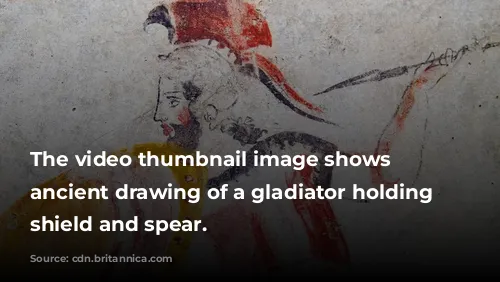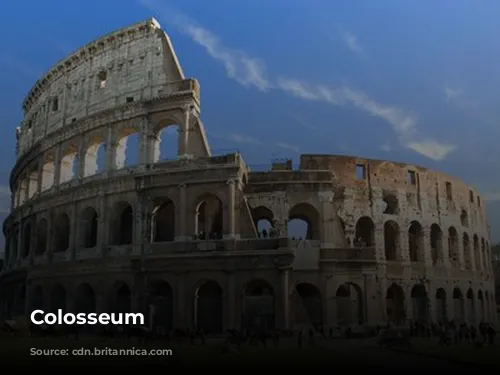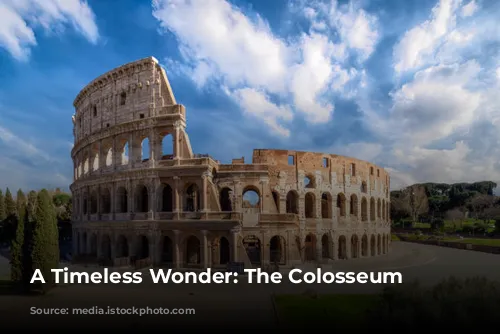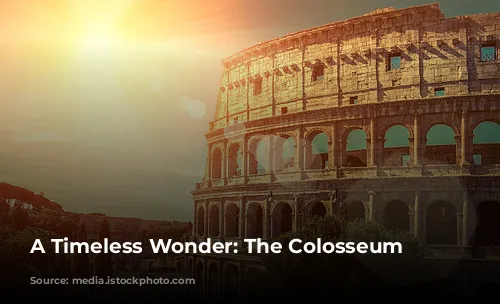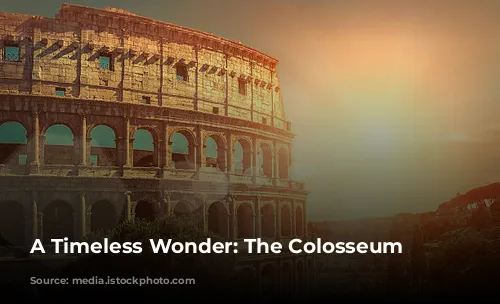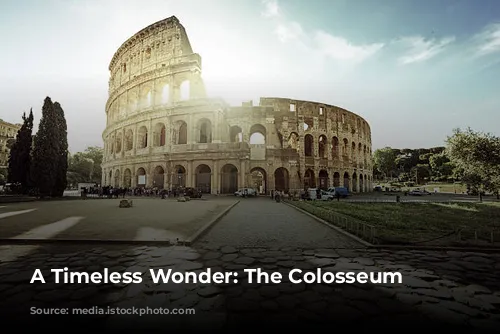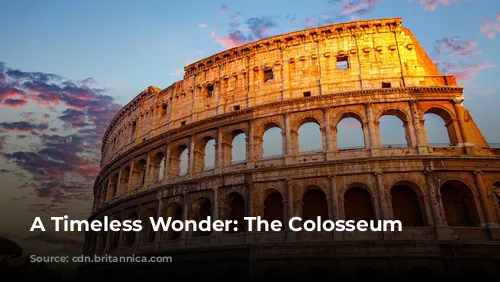Standing as a testament to the Romans’ incredible skill in architecture and engineering, the Colosseum is a symbol of ancient Rome’s power and legacy. This remarkable structure, one of the few remaining intact monuments from the Roman Empire, attracts millions of visitors each year, making it a cornerstone of Italian tourism.
In 2018 alone, the Colosseum, along with the Roman Forum and Palatine Hill, generated over $63.3 million (€53.8 million) in revenue, making it Italy’s most lucrative tourist attraction. This economic success underscores the Colosseum’s enduring cultural significance and its power to captivate audiences from across the globe.
A Monument’s Transformation: From Arena to Quarry
The Colosseum, despite its grandeur, faced a period of neglect and decay following the fall of the Western Roman Empire. Over centuries, it underwent a series of transformations, serving as a fortress for powerful families and, shockingly, a source of building materials. The once magnificent arena was stripped bare, its marble seats and decorative elements plundered to construct other buildings.
The 12th century saw the Frangipane and Annibaldi families repurpose the Colosseum as their fortified stronghold. This era marked a stark departure from the structure’s original purpose as a venue for entertainment and spectacle.
The late 15th century witnessed a further desecration of the Colosseum when Pope Alexander VI permitted its use as a quarry. For over a thousand years, the monument suffered from neglect, with its once glorious materials being pilfered and its very essence being slowly chipped away.
Thankfully, in the 1990s, the Italian government launched a large-scale restoration project, breathing new life into the Colosseum and ensuring its preservation for future generations. This marked a turning point, a recognition of the monument’s priceless value and a commitment to safeguarding its history.
A Legacy of Entertainment and Spectacle
The Colosseum’s construction was driven by the ambition of the Roman emperors to rejuvenate Rome following the tumultuous year of the four emperors in 69 CE. Emperor Vespasian, a ruler who ascended to power through a period of unrest, envisioned the Colosseum as a symbol of imperial strength and a powerful tool to unite the Roman people.
Like other amphitheaters, the Colosseum was intended as a place for public entertainment, hosting gladiatorial contests, animal hunts, and even mock naval battles. These events captivated the Roman populace, offering a blend of violence, spectacle, and thrilling displays of skill and bravery.
Construction of the Colosseum commenced under Vespasian between 70 and 72 CE, and the completed structure was formally dedicated by his son, Titus, in 80 CE. Titus, who followed in his father’s footsteps as emperor, further embellished the Colosseum by adding its fourth story.
The Colosseum’s construction was funded by the spoils of war, specifically the plunder from Titus’s conquest of Jerusalem in 70 CE. This detail, while a testament to the Roman Empire’s power, also reveals the darker side of its history, as Jewish prisoners were forced to labor on the construction of the arena.
A Colossal Structure: A Symphony of Stone and Design
The Colosseum is an architectural marvel, a testament to the ingenuity of Roman engineers and builders. This massive amphitheater, also known as the Flavian Amphitheater, was crafted from stone, concrete, and tuff, rising to a height of four stories.
Standing at an impressive 620 by 513 feet (189 by 156 meters), the Colosseum could accommodate an audience of up to 50,000 spectators. The sheer scale of the structure, its intricate design, and its ability to host such large gatherings are a testament to the Romans’ mastery of construction.
The Colosseum was not simply a utilitarian structure but also a masterpiece of design, boasting a complex system of barrel vaults and groin vaults that supported its weight. The outer facade was adorned with three tiers of arcades, each featuring a different architectural order – Doric, Ionic, and Corinthian – a testament to Roman architectural tradition and the evolution of design.
The Colosseum’s construction employed a variety of materials, with travertine for the main framework and facade, volcanic tufa for the secondary walls, and concrete for the inner bowl and arcade vaults. This blend of materials, a testament to the Roman’s understanding of engineering and building techniques, ensured the monument’s durability and resilience.
A Seat of Power and Spectacle: The Colosseum’s Thriving Life
The Colosseum’s design wasn’t limited to sheer size and grandeur; it was also built with the comfort and enjoyment of its spectators in mind. A massive retractable awning, known as a velarium, provided shade from the sun.
This complex system involved supporting masts extending from corbels built into the top story of the Colosseum, with hundreds of Roman sailors working to manipulate the rigging. This engineering feat, a testament to Roman ingenuity, ensured the comfort of the spectators regardless of the weather.
Within the Colosseum’s walls unfolded a spectacle of human drama and athletic prowess. Gladiators, trained warriors, engaged in thrilling hand-to-hand combat, showcasing their skills and bravery.
The arena also hosted contests between men and animals, offering a glimpse into the Roman fascination with the natural world and the allure of the exotic. The Colosseum was a stage for a variety of spectacles, including mock naval battles, where water was channeled into the arena to create a simulated sea, allowing for theatrical naval engagements.
The Colosseum’s history is intertwined with the story of early Christianity, although its role in the martyrdom of early Christians remains a topic of debate. Whether the Colosseum was a site of Christian persecution or not, it remains a powerful symbol of the complex interplay of faith, power, and spectacle in ancient Rome.

A Legacy Enduring: The Colosseum Today
The Colosseum’s enduring popularity is a testament to its power to captivate the imagination and transport visitors back to a time of emperors, gladiators, and awe-inspiring spectacle. As one of the most visited tourist attractions in Rome and Italy, the Colosseum draws millions of visitors each year, eager to walk in the footsteps of history.
The Colosseum’s legacy extends beyond its physical structure. It stands as a powerful symbol of ancient Rome’s culture, its architectural prowess, and its enduring fascination with power, spectacle, and human drama. The Colosseum is more than just a monument; it is a time capsule, a portal to a bygone era, and a reminder of the enduring power of history.
